Groundcover for hill in zone 6b needed
tiffew
8 years ago
Featured Answer
Sort by:Oldest
Comments (46)
BloomCin Zone 6b North Jersey
8 years agotiffew
8 years agoRelated Discussions
brick ranch house in zone 6b desparately needs TLC!
Comments (9)This is really, really helpful. We thought of adding potted plants and painting the deck but hadn't thought of that particular placement of the pots and those colors. And we are complete newbies when it comes to arrangement/placement so specific guidance about what plants to place where is appreciated. So yeah, the front "bed".....there used to be a row of overgrown azalea bushes and we ripped them out and in a fit of desperation and penny-pinching, planted a bunch of perennials from bulbs. Things are pretty bare during the winter though so it's not obvious from the picture - the front bed goes straight across and is even with the edge of the lattice. Based on other pictures we've seen and like we will try to make it a little more curvy to add more dimension and interest. We will consider any and all ideas so please keep them coming! Edited to add photo: does this help with conveying the entrance problem? Even when the car is parked way over to the left, there is only a very small strip of driveway for people to walk on to get to the front porch. We have enough issues as is with the yard without making the entrance seem unfriendly. This post was edited by gingerpeach on Fri, Apr 19, 13 at 22:56...See MoreJM cultivar suggestion zone 6b eastern Kentucky
Comments (3)A few that do well in a fairly shady situation like you describe, are slow growing and fairly small, and are all quite different from each other, include the following (look them up and see if you like any): Acer shirasawanum 'Aureum' - round fan shaped yellow/green leaves. Acer palmatum 'Tsuma gaki' - the light green leaves have persimmon-red fingernails in spring. Acer p. 'Shigitatsu sawa' - Green and cream reticulated leaf. Acer p. 'Filigree' - A delicately colored dissected leaf cultivar. As it is for a pet cemetary you might also want to consider the 'Ghost' series from Buchholz & Buchholz, 'First Ghost' and 'Sister Ghost' are said to look good in shade. To be honest most of the green cultivars would do OK in the situation described, it is just the red/purple leaved forms which should be avoided as they color poorly in a shady situation....See Morehelp me choose your favorite rose to plant in zone 6b maryland!
Comments (2)My all time favorite rose is Mrs B R Cant, but I am not sure if it is hardy to zone 6. It grows here in Richmond on a windy hill top with no protection and no die back though. But it is really big. But oh, soooo fragrant. Blush Noisette is fragrant, healthy, hardy to zone 6, a loveley blush pink, and good repeat bloomer....See MoreLandscape Help for a Ranch Home in Zone 6B
Comments (5)If you have a chance to move the Alaskan cedar, do it now. It's going to get very large and outgrow the space you have it in sooner rather than later. That's a specimen tree, should be planted where it can spread out and where you can view it and enjoy it's beauty. Google its mature size so you know what you will be looking at and how much space it needs, and find a nice spot for it. If you want something weepy and evergreen by the house, get a DWARF conifer. Catmint and iris perfect for by the house, would look good together. There are also many pretty blue perennial salvias that are pretty and bloom later in the season. Agastache, vervain, delphiniums, bellflower, you have room for a nice blue themed perennial garden . . . if you move the misplaced cedar. As for the bowling balls, check their mature size too. I wouldn't put something behind them, rather something around them, maybe some creeping phlox, I dunno, they are probably going to fill that space so widen the bed and the phlox could go in front....See Moregardengal48 (PNW Z8/9)
8 years agodiggerdee zone 6 CT
8 years agotiffew
8 years agowantonamara Z8 CenTex
8 years agolast modified: 8 years agodiggerdee zone 6 CT
8 years agotiffew
8 years agotiffew
8 years agoNHBabs z4b-5a NH
8 years agoken_adrian Adrian MI cold Z5
8 years agojadeite
8 years agolast modified: 8 years agomad_gallica (z5 Eastern NY)
8 years agotiffew
8 years agolast modified: 8 years agotiffew
8 years agoNHBabs z4b-5a NH
8 years agotiffew
8 years agoUser
8 years agolast modified: 8 years agoNHBabs z4b-5a NH
8 years agotiffew
8 years agoUser
8 years agotiffew
8 years agotiffew
8 years agotiffew
8 years agoMarie Tulin
8 years agolast modified: 8 years agoNHBabs z4b-5a NH
8 years agolast modified: 8 years agodiggerdee zone 6 CT
8 years agotiffew
8 years agotiffew
8 years agotiffew
8 years agoGardenHo_MI_Z5
8 years agotiffew
8 years agolast modified: 8 years agoGardenHo_MI_Z5
8 years agotiffew
8 years agoNHBabs z4b-5a NH
8 years agotiffew
8 years agoNHBabs z4b-5a NH
8 years agotiffew
8 years agotiffew
8 years agoNHBabs z4b-5a NH
8 years agotiffew
8 years agoUser
8 years agolast modified: 8 years agodiggerdee zone 6 CT
8 years agotiffew
8 years agotiffew
8 years ago
Related Stories
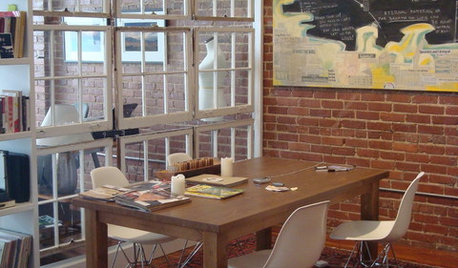
REMODELING GUIDESGet What You Need From the House You Have
6 ways to rethink your house and get that extra living space you need now
Full Story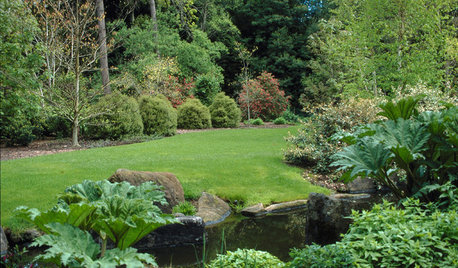
GARDENING GUIDESYou Don't Need Prairie to Help Pollinators
Woodlands, marshes, deserts — pollinators are everywhere
Full Story
WORKING WITH PROSWorking With Pros: When You Just Need a Little Design Guidance
Save money with a design consultation for the big picture or specific details
Full Story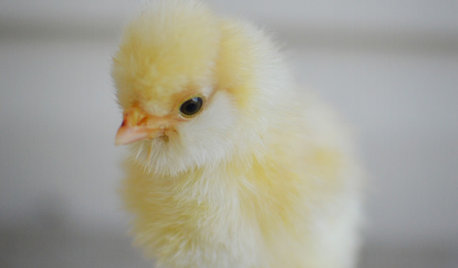
PETSWhat You Need to Know Before Buying Chicks
Ordering chicks for your backyard coop? Easy. But caring for them requires planning and foresight. Here's what to do
Full Story
COLORTime to Step Out of Your Color Comfort Zone?
If you always seem to pick warm tones, or you stick to the cool ones, bucking your natural inclination could bring new energy to a room
Full Story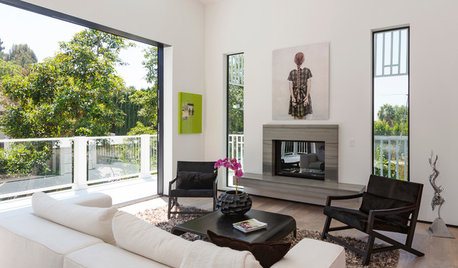
HOUZZ TOURSHouzz Tour: Making a Comeback in the Hollywood Hills
Get a front-row seat to see how this 1912 home went from rotting and crumbling to bright and picture perfect
Full Story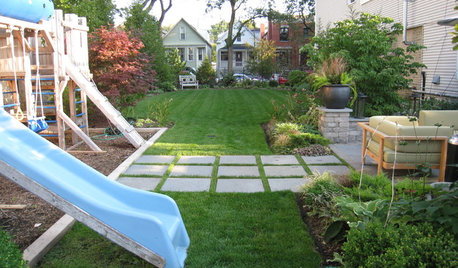
LIFE6 Tips for Teaching Your Kids to Be Good Neighbors
Everyone wins when your children learn to respect boundaries, get help when they need it and show others they care
Full Story
SAVING WATER6 Reasons Why You Should Save Your Rainwater Now
Collect and store during the rainy season so you’ll have water ready for irrigation when you need it
Full Story
GARDENING GUIDESNew Ways to Think About All That Mulch in the Garden
Before you go making a mountain out of a mulch hill, learn the facts about what your plants and soil really want
Full Story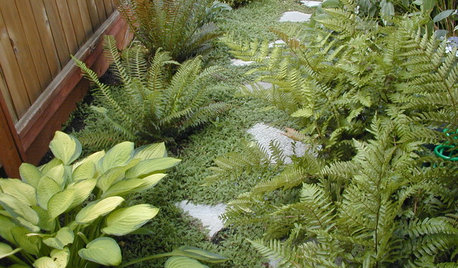
LANDSCAPE DESIGN6 Great Ways With Garden Ground Covers
Use them as problem solvers, weed killers, color and texture providers ... ground cover plants have both practical and visual appeal
Full Story


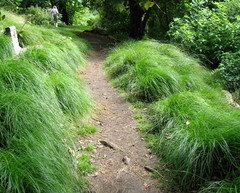
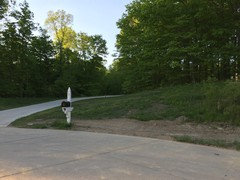
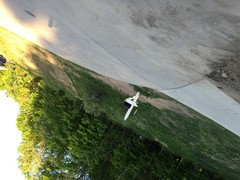
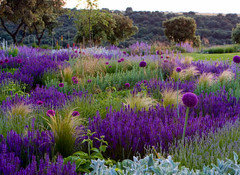
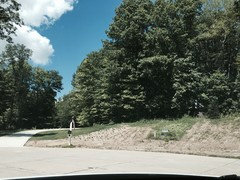
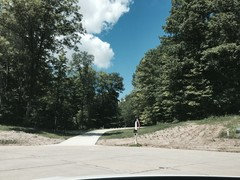
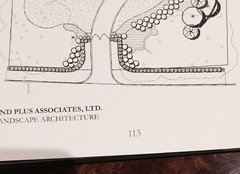
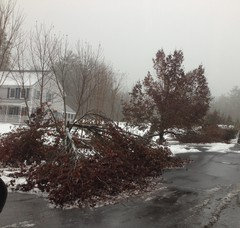
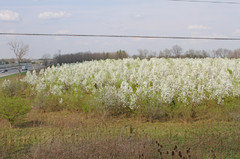
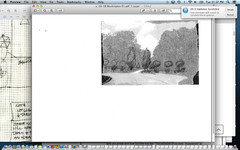
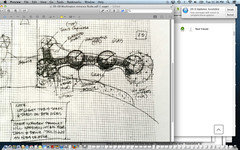
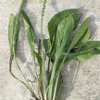
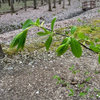
User